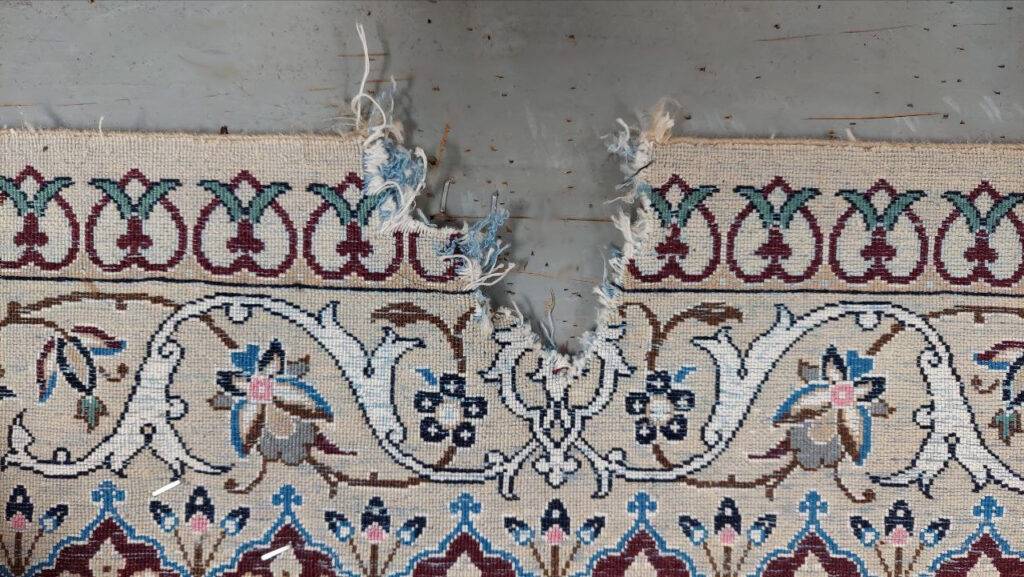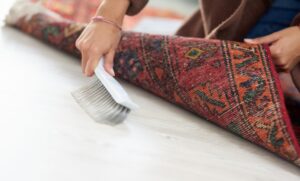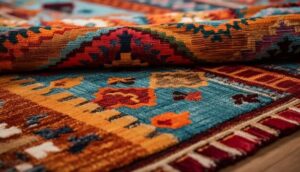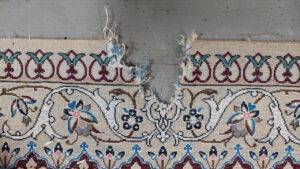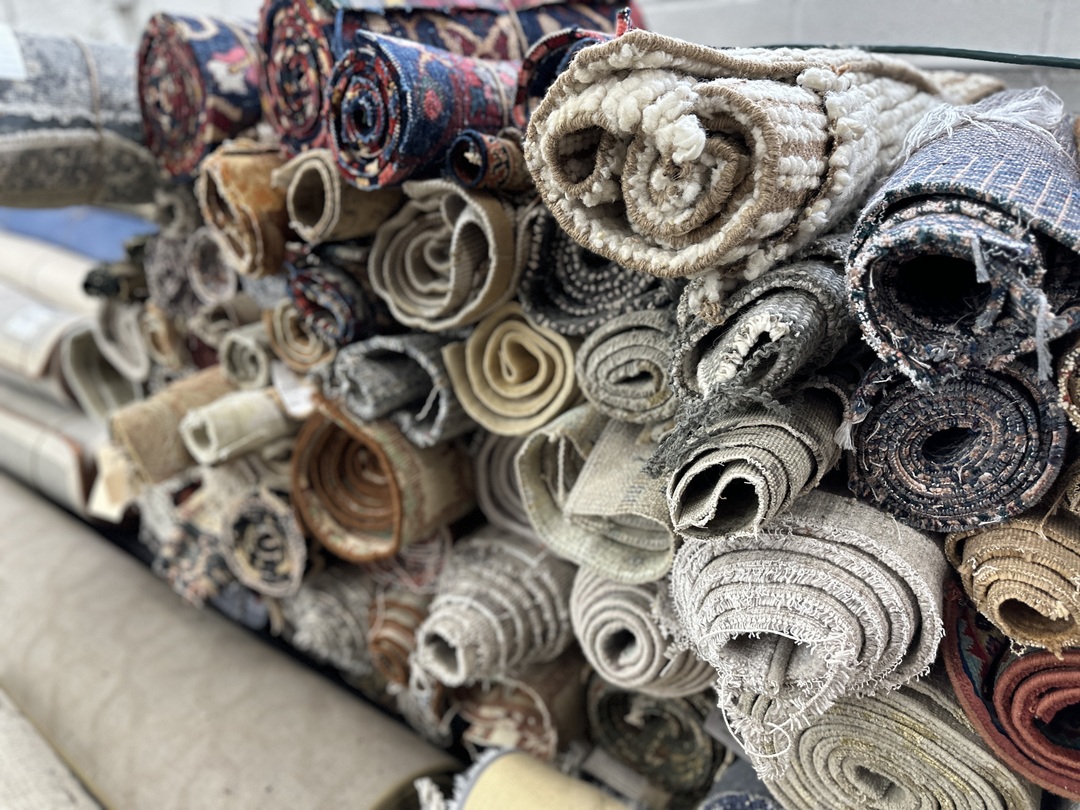Rugs hold a special place in our homes. These intricately woven pieces not only accentuate our living spaces but also carry historical, cultural, and sometimes even personal narratives. However, with time and usage, even the most cherished rugs wear down. Instead of discarding them, delving into the world of rug repair and restoration can breathe new life into your treasured pieces. Here’s everything you need to know about the process.
Types of Damage
Fringe Damage
Wear and Tear from Foot Traffic
Over time, the sections of the rug that experience heavy foot traffic can become worn out or thin.
Moth Damage
These pests can eat away at natural fibers, leaving holes in their wake.
Sun Damage/Fading
Direct exposure to sunlight can cause the colors of your rug to fade.
Water Damage
Spills or moisture can result in mold, discoloration, or a weakened foundation.
Methods of Repair & Restoration
Re-weaving:
The art of re-weaving involves meticulously replacing missing or damaged fibers. It’s particularly suitable for antique rugs or those with significant sentimental value.
Patching
For rugs with extensive damage, especially in non-central areas, patching can be a viable solution. However, it requires a matching piece of rug, and there might be subtle differences in color and texture.
Fringe Repair & Replacement:
A damaged fringe can drastically alter the appearance of a rug. While repairing is the act of mending the existing fringe, replacement involves adding a new fringe, ensuring it aligns with the rug’s age and style.
Dye Restoration:
Faded rugs can be brought back to life using dye restoration techniques. It’s crucial to match the original colors, with a preference for natural dyes to retain authenticity.
Things to Consider Before Undertaking Restoration:
Age of the Rug:
Antique rugs demand special care. Restoring them not only maintains their aesthetic but can also enhance their value.
Material of the Rug:
Different materials require unique restoration techniques. While wool and cotton might be more forgiving, silk and some synthetic materials demand specialized care.
Cost vs. Value:
Restoration is an investment. Consider the value (both monetary and sentimental) of the rug and weigh it against the restoration costs. In many cases, restoration can extend the life of the rug for decades.
Choosing a Professional:
The outcome of the restoration heavily depends on the hands that undertake the process. Research potential restorers, check their reviews, scrutinize their past work, and seek recommendations.
Post-Restoration Care
Routine Maintenance:
Regular vacuuming, rotating the rug to ensure even wear, and professional cleaning every few years can help maintain its revived glory.
Prevention Over Repair:
Keep rugs away from prolonged direct sunlight. Use rug pads to minimize wear, especially in high traffic areas. Ensure your space is free from pests like moths.
Restoring a rug is like rekindling an old tale, making it as vibrant as the day it was first narrated. With the right care and expertise, rugs can continue to adorn our spaces, telling their stories for generations to come.
If you own a rug that’s showing signs of wear, consider seeking a professional evaluation. Remember, a well-maintained rug not only beautifies your home but also tells tales of its journey, making it an heirloom worth cherishing.

